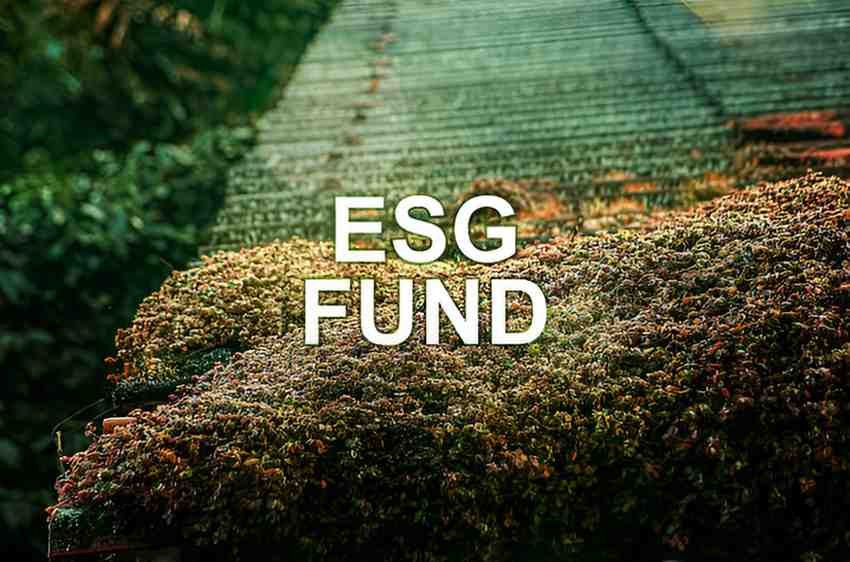Introduction
As a finance expert, I have seen investment trends come and go. One of the most polarizing developments in recent years is the rise of anti-ESG mutual funds. These funds reject the principles of Environmental, Social, and Governance (ESG) investing, instead prioritizing pure financial returns or opposing what they see as politically driven investment strategies.
Table of Contents
What Are Anti-ESG Mutual Funds?
Anti-ESG mutual funds are investment vehicles that deliberately avoid ESG screening criteria. Instead, they either:
- Focus solely on financial metrics (ignoring ESG factors).
- Actively invest in industries ESG funds avoid (fossil fuels, firearms, tobacco).
- Oppose ESG policies on ideological grounds (viewing them as overreach).
Key Differences: Traditional vs. ESG vs. Anti-ESG Funds
| Feature | Traditional Funds | ESG Funds | Anti-ESG Funds |
|---|---|---|---|
| Investment Focus | Financial returns only | Financial returns + ESG criteria | Financial returns, anti-ESG stance |
| Sector Exclusions | None (unless mandated) | Excludes “sin stocks” (oil, guns, tobacco) | May overweight excluded sectors |
| Investor Base | General public | ESG-conscious investors | Conservatives, libertarians, return-focused investors |
| Regulatory Scrutiny | Standard | High (greenwashing concerns) | High (political backlash) |
Why Do Anti-ESG Funds Exist?
1. Pushback Against ESG’s Growth
ESG assets under management (AUM) have surged, reaching $41 trillion globally in 2022 (Bloomberg). Some investors see this as:
- Overreach (funds imposing political views).
- Performance drag (limiting investment universe).
2. Political and Ideological Opposition
Many anti-ESG funds emerge from conservative circles. For example:
- Strive Asset Management (founded by Vivek Ramaswamy) positions itself as anti-woke investing.
- Texas and Florida have pulled billions from BlackRock over ESG policies.
3. Performance Concerns
Some argue ESG constraints hurt returns. A 2022 MIT study found ESG funds underperformed benchmarks by 1.5\% annually.
Performance Analysis: Do Anti-ESG Funds Deliver?
Case Study: Comparing an ESG and Anti-ESG Fund
Let’s compare two funds:
- ESG Fund: iShares ESG Aware MSCI USA ETF (ESGU)
- Anti-ESG Fund: Strive U.S. Energy ETF (DRLL)
| Metric (2020-2023) | ESGU (ESG) | DRLL (Anti-ESG) | S&P 500 |
|---|---|---|---|
| Annualized Return | 10.2% | 18.7% | 12.4% |
| Volatility (σ) | 16.3% | 28.5% | 17.9% |
| Sharpe Ratio | 0.63 | 0.66 | 0.69 |
Key Takeaway:
- DRLL outperformed due to the 2022 energy rally.
- But its volatility (\sigma = 28.5\%) makes it riskier.
Mathematical Perspective: Risk-Adjusted Returns
The Sharpe ratio (S = \frac{R_p - R_f}{\sigma_p}) shows DRLL’s higher risk-adjusted return vs. ESGU. However, this is sector-dependent—energy boomed in 2022 but may not sustain.
Criticisms and Risks of Anti-ESG Funds
1. Sector Concentration Risk
Many anti-ESG funds overweight energy. If oil prices drop, they suffer.
2. Political Backlash
Some states (e.g., California) may penalize anti-ESG investing.
3. Long-Term Sustainability Questions
Even if ESG underperforms now, climate regulations could hurt fossil fuels later.
Should You Invest in Anti-ESG Funds?
Pros:
✔ Higher returns in certain cycles (e.g., energy rallies).
✔ Aligns with anti-ESG political views.
Cons:
✖ Higher volatility.
✖ Regulatory risks.
✖ Ethical concerns (if you oppose fossil fuels/guns).
Conclusion: A Niche but Growing Trend
Anti-ESG funds cater to investors disillusioned with ESG’s constraints. While they’ve delivered strong returns recently, their long-term viability depends on energy markets, politics, and regulations.
If you prioritize pure financial metrics or oppose ESG policies, these funds may fit. But if you seek stability or ESG alignment, they’re a poor match.





